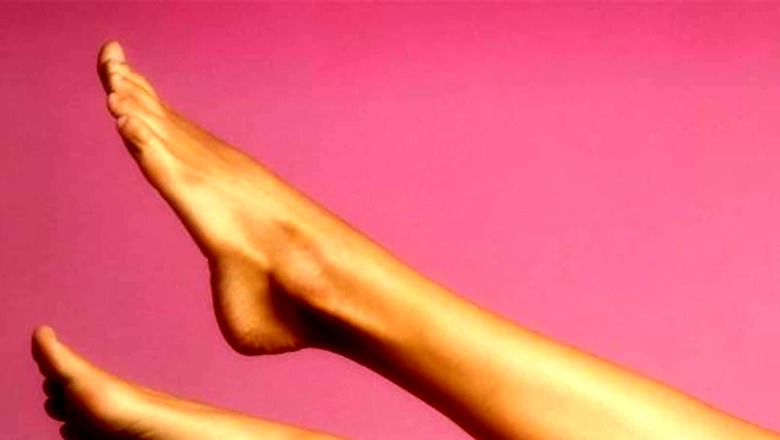
views
Building perceptions and making comparisons is usual at a time where influencers and followers rule. Skincare is no different. The fixation with having flawless, spot-free skin has become more pervasive than ever, from ‘gram-ready legs to faultless, ultra-smooth arms. But biology is superior to all of us. Over 40% of adults experience keratosis pilaris, a hereditary skin disorder recognised for its synonyms “strawberry skin" and “chicken skin." Goosebumps-like bumps and dry, itchy skin, especially on the backs of the upper arms, upper legs, and buttocks, are the main symptoms of the disorder. While there is no known treatment for KP, one can control their symptoms by following a proper skincare routine that includes exfoliation and hydration.
What brings on keratosis pilaris?
A buildup of keratin, a hard protein that results in areas of rough, bumpy skin, on hair follicles, is a common cause of keratosis pilaris. The protein keratin is the same one that makes up our hair and nails. Although there is no known cause for build-up, it runs in the family and is not contagious. People who already have dry skin are more prone to the ailment, which worsens in the winter when there is less moisture in the air. Young adults in their early 20s and teenagers are more likely to experience it. When a person is 30 years old or older, the condition typically goes away.
Keratosis Pilaris has been a hot issue among beauty groups and skincare influencers on Instagram and TikTok despite being completely innocuous. Diverse art forms have embraced persons with a range of skin issues as the skin positivity movement has taken shape throughout nations. Popular culture aims to be inclusive and has been active in raising awareness of the disease, from Nicole Kidman to Yami Gautam. Although there is no known treatment for the illness, Malini Adapureddy, CEO and founder of a skincare company, has provided some advice to assist you manage your strawberry skin.
How may strawberry skin be cared for?
Exfoliate the lumps to make them softer.
Experts advise utilising hydrating items, staying away from constricting clothing, using humidifiers in dry conditions, and using hypoallergenic goods. After taking a shower or bath, skin is more permeable and should be moisturised frequently to prevent dryness. While there are numerous tutorials on exfoliating gloves or scrubs, it’s crucial to remember that physical exfoliation can weaken the skin barrier by causing microtears on the skin, leaving it more dry and uneven. Chemical exfoliation can save the day with gentle solutions that are more effective than a scrub. Uric acid and lactic acid-containing moisturisers are suitable for those with strawberry skin.
Moisturize thoroughly.
Since skin affected by Keratosis Pilaris responds well to moisturisers in addition to exfoliants, hydration is a crucial component. Ceramide-containing, non-comedogenic moisturisers can make the skin look younger without clogging the pores. A hydrator that is emollient-rich can also gradually smooth out rough skin.
When cleansing, be careful.
While soapy or foamy treatments frequently give our skin a clean appearance, they can also rob it of much-needed moisture. To ensure that the skin is healthy, hydrated, and well-nourished, cleansers and face washes should be gentle, moisturising, and pH-balanced.
While various ingredients can help manage Keratosis Pilaris, it is paramount to take preventive measures like using a broad-spectrum sunscreen to protect the skin from damage.
Finally, accept and love your skin condition since self-confidence is the one thing you can always count on.
Read the Latest News and Breaking News here


















Comments
0 comment